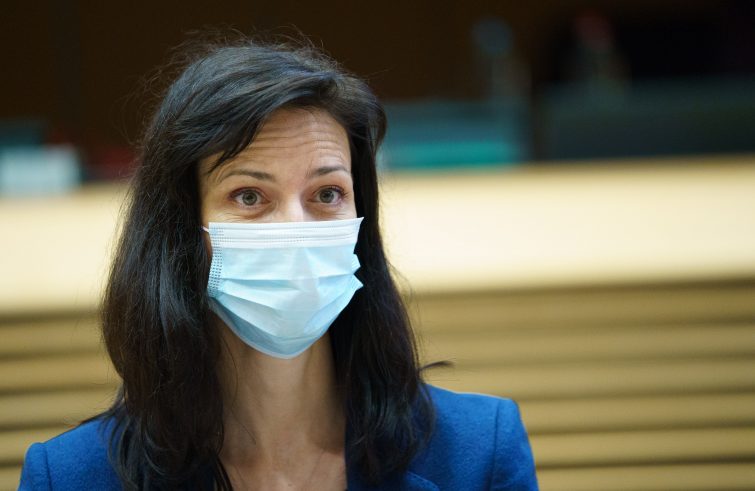
Strengthening the educational and schooling sector all over Europe, partly by capitalising on what has been tried out since the outbreak of the pandemic. It is with this underlying intention that today the EU Commission published a plan for a Council recommendation about blended learning “to support a high-quality, inclusive primary and secondary education”. In formal education and training, the phrase “blended learning” describes the circumstance in which a school, a teacher or a student takes multiple approaches to the learning process, they explain from Brussels. “It may be a combination of multiple learning environments, for instance the school’s website and other environments (companies, training centres, remote or outdoor learning, cultural sites, etc.), or multiple learning tools, which may be either digital or non-digital”. The EU Commission is proposing to take short-term measures to fill the most urgent gaps, aggravated by the pandemic, and a process combining different learning environments and tools in primary and secondary education as well as in training, which would help create more resilient educational and training systems. The European Commissioner for Education, Mariya Gabriel, comments: “Today’s plan outlines a view of education that we want to have in Europe”, one that aims “to improve quality and inclusion, green and digital education. The recommendation intends to guide the member states to more effectively work out their educational systems and improve their performance, for the benefit of students and learners, their families and the teaching staff”.
